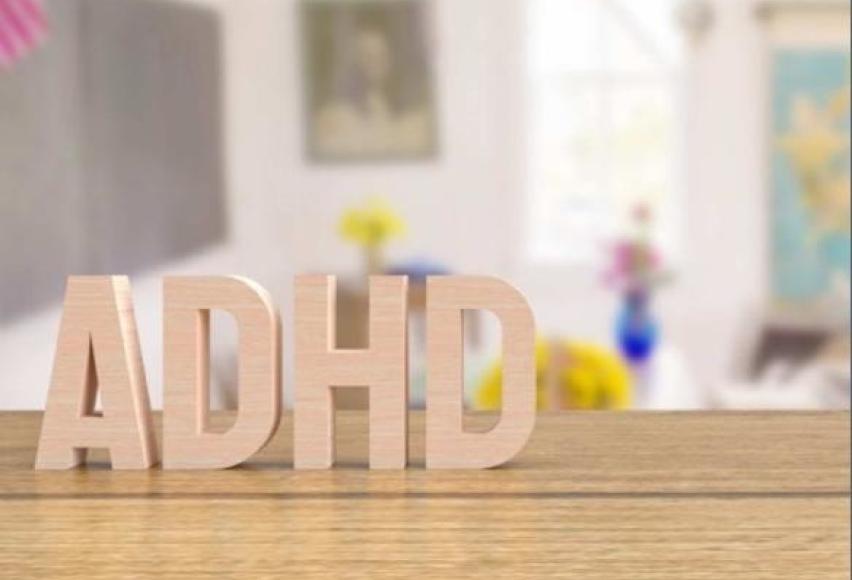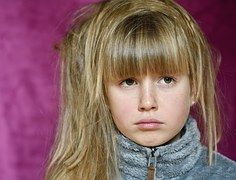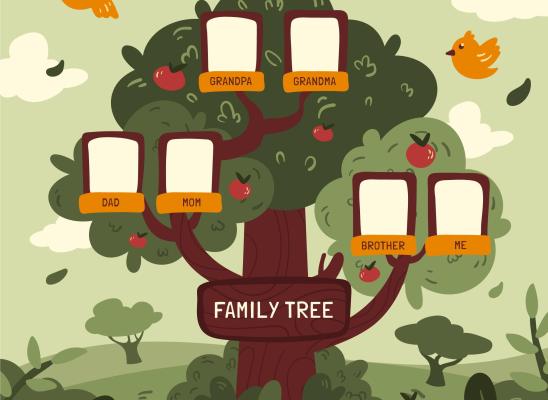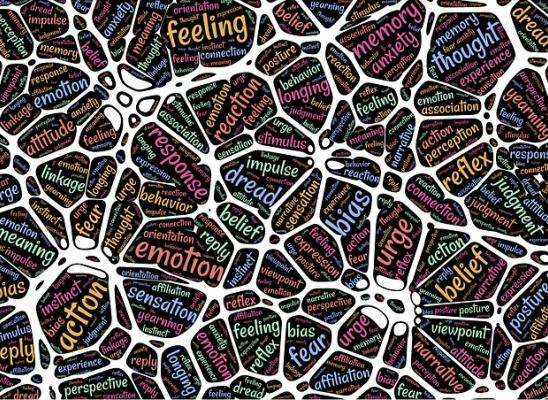ADHD and Hair Pulling

Online test
Find out the severity of your symptoms with this free online test
Your son has been diagnosed with Attention Deficit Hyperactivity Disorder (ADHD), a common childhood disorder that often persists into adulthood, and after starting treatment with conventional drugs for ADHD, a few months down the line you realise that you’re sitting with another problem - your son has started pulling out his hair. Or perhaps you have a daughter whose compulsive hair pulling has led to a diagnosis of ADHD. Compulsive hair pulling or Trichotillomania, is an impulse control behaviour that is categorised under Obsessive Compulsive Disorder and Related Disorders (OCD-R) in the Diagnostic and Statistical Manual (DSM5). So does hair pulling cause ADHD or does ADHD trigger hair pulling, or is there even any connection at all? To date there is not alot of research into the possible links between the two, which should be addressed by research community as the problem of hair pulling seems to be common concern for children with ADHD.
What is ADHD?
The estimated prevalence of ADHD in school-aged children is 8-10%. Children suffering from Attention Deficit Hyperactivity Disorder show signs of inattentiveness, hyperactivity and impulsivity in specific ways. They are unable to sit still, they fidget constantly, they are easily distracted, they appear not to listen, they often talk excessively, they have trouble playing quietly, they interrupt others and do not finish tasks. Sensory issues are very noticeable in kids with ADHD because of the inability of their senses to handle information arising from events in everyday life. Apart from the impact sensory issues have on the responses of the five senses of sound, touch, taste, sight and smell in such children, two other senses are also affected, namely the sense of body awareness and the sense of balance, movement and co-ordination. According to Carol Stock Cranowitz, author of: The Out-of-Sync Child: Recognising and Coping with Sensory Integration Dysfunction, “Often a child who has dysfunction in one area will have dysfunction in others.” ADHD and sensory problems often occur together and interact since ADHD is usually co-morbid with other disorders.
Why hair pulling?
So how and why do some children with ADHD resort to hair pulling? Trichotillomania is the repetitive pulling out of one’s hair from anywhere on one’s own body, especially the scalp. Due to the inability of the ADHD child to regulate their sensory intake, everyday life can become very overwhelming. This can lead to stress, anxiety and tension. The ADHD child often also experiences overstimulation and often require an external avenue to restore calm. Since trichotillomania is an impulse control disorder, those affected with ADHD may begin hair pulling to relieve the tension caused by the impact of sensory issues. This compulsion can be both biological and psychological in nature. The child’s hair pulling is generally automatic as it is a response to an issue or a situation that he or she does not know how to react to or handle. Imagine for a moment that you are a child diagnosed with ADHD. On a daily basis you are forced to deal with situations that overwhelm you on a sensory level. You become distracted and inattentive, always in constant motion. When your mum or your teacher rebukes you for your perceived bad behaviour, you become tense and anxious. Looking for a way to relieve these feelings within you, you begin to pick at your scalp and pull out your hair. This action serves a dual purpose; it satisfies your need to continuously fidget and it soothes and calms you. ADHD sufferers who pull their own hair find it oddly soothing yet guilt inducing when they become aware of what they are doing and when they notice the resultant hair loss. This can cause significant distress in the individual.
The role of medication
A surprising outcome on a small number of case studies in children with both ADHD and Trichotillomania found that hair pulling is sometimes a side effect of the drugs prescribed for ADHD. It was found that combinations of certain medication to help with the symptoms of ADHD and other co-existing conditions can cause other behavioural side effects. The over-use of stimulants can cause trich behaviour. Psycho-stimulant medication which is often prescribed in the treatment of ADHD can trigger the urge to indulge in self-soothing behaviour like hair pulling. In the case study mentioned above, the patient’s urge to pull and the accompanying anxiety dissipated after stopping the psychostimulant medication. In this instance hair pulling cannot be considered trichotillomania as the behavior is directly related to a medical problem. However, sometimes the behavior is continued for an extended period of time and the child learns to expect the pleasarable feeling resulting from hair pulling, so he/she may seek out this behavior again when feeling overwhelmed. When the hair pulling is positively reinforced till it occurs independant from the influence of medication, then a disorder has developed. So whilst your son or daughter might initially have been diagnosed with only ADHD, he or she is now suffering from Trichotillomania as an overlapping disorder as a result of the medication he or she is taking. However it must be noted that even though such a side effect of the prescription medication for ADHD has been observed in some cases, in other cases there was no direct causal relationship. It is therefore important that you consult with your prescribing doctor regarding your concerns. Although not a lot of research has been done on this subject, it can be established that children diagnosed with ADHD can also be affected by Trichotillomania, and both conditions should be addressed and treated simultaneously.
Online test
Find out the severity of your symptoms with this free online test
Start your journey with TrichStop
Take control of your life and find freedom from hair pulling through professional therapy and evidence-based behavioral techniques.
Start Now



